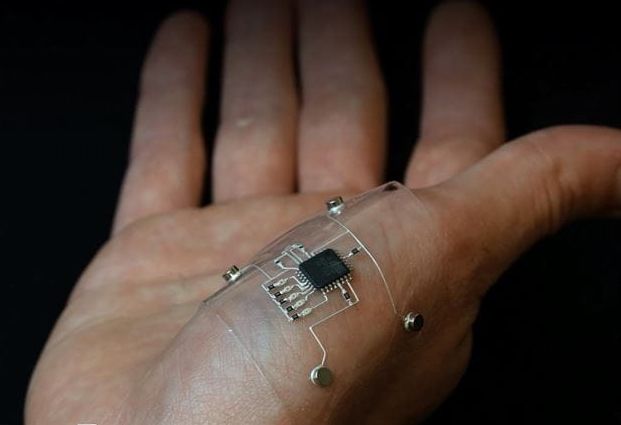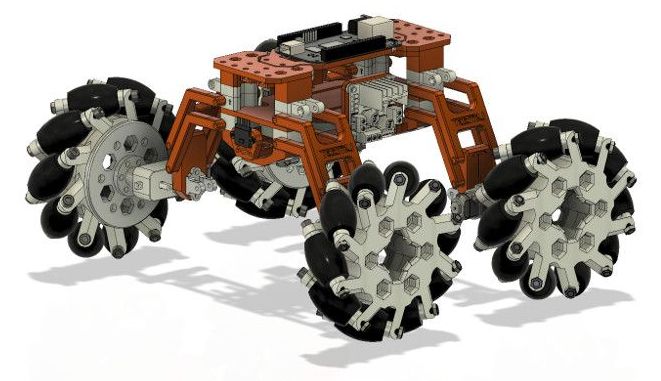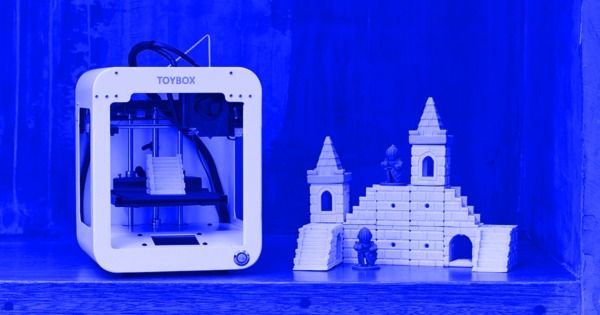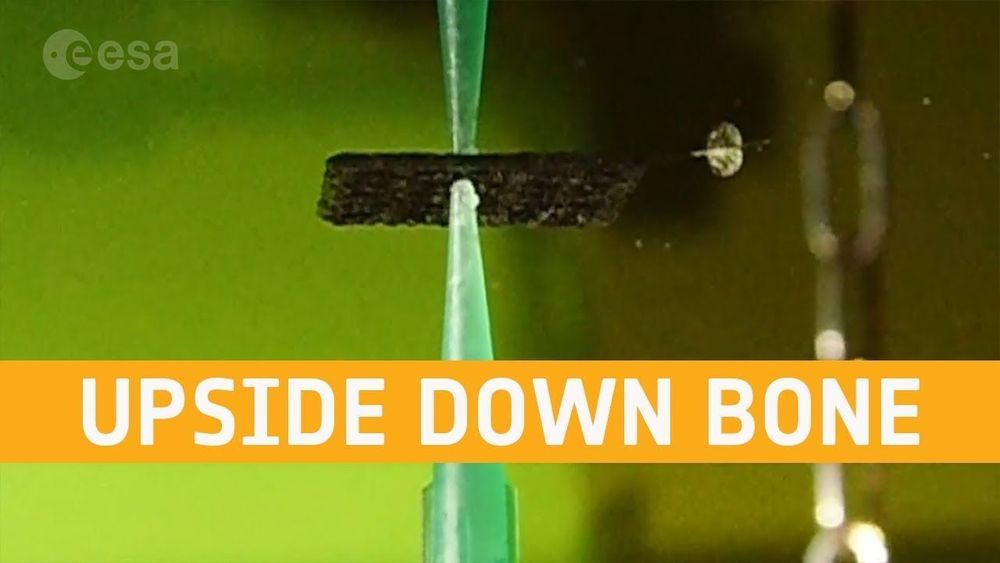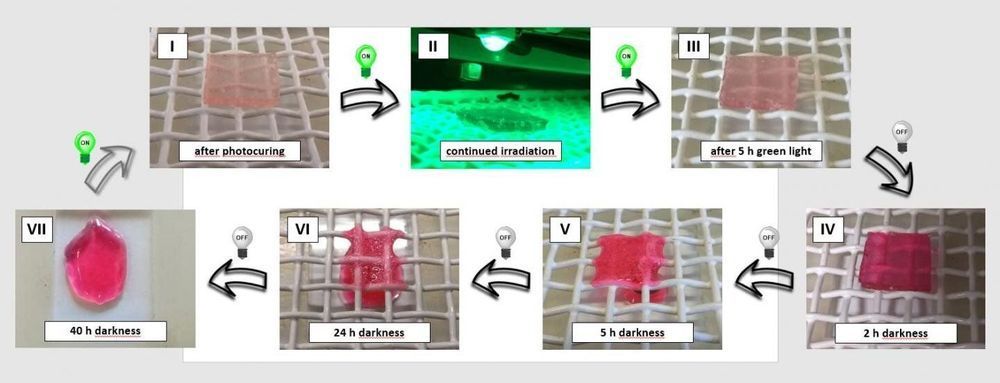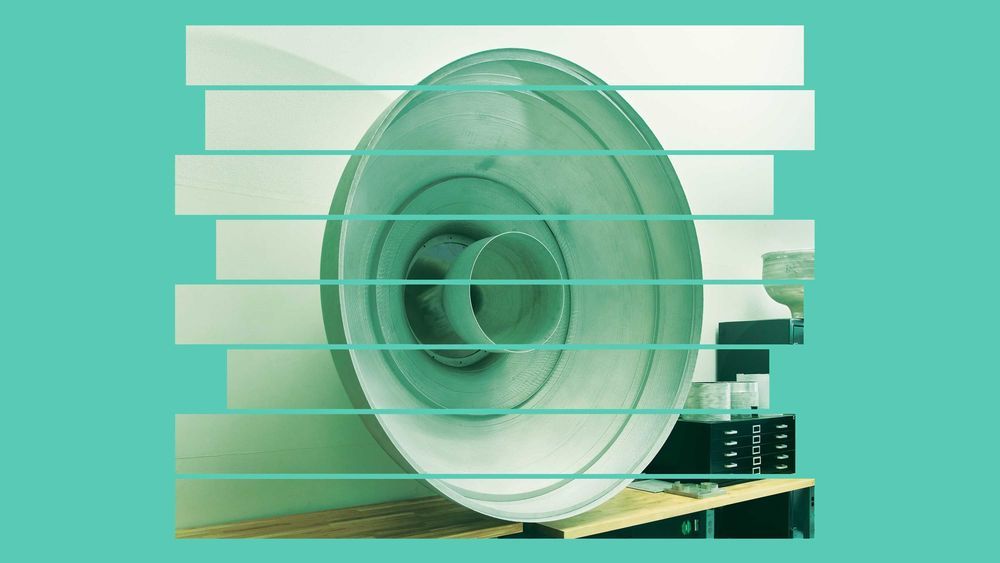Archive for the ‘3D printing’ category: Page 61
Jul 31, 2019
A technique called Hybrid 3D Printing
Posted by Richard Christophr Saragoza in categories: 3D printing, materials
A technique called Hybrid 3D Printing, developed by AFRL researchers in collaboration with the Wyss Institute at Harvard University, uses additive manufacturing to integrate soft, conductive inks with material substrates to create stretchable electronic devices. A potential application is to create sensors to enable better human performance monitoring. (Courtesy photo/Harvard Wyss Institute)
https://www.wpafb.af.mil/…/afrl-harvard-researchers-invent…/
¬
Jul 28, 2019
A 3D-Printable Mecanum Wheeled Robot Platform
Posted by Genevieve Klien in categories: 3D printing, robotics/AI
If your interest lies with robotics there are a multitude of different platforms for you to build. [Teemu Laurila] was frustrated with what was on offer, so designed his own with four-wheel double wishbone suspension and mecanum wheels for maximum flexibility.
It’s a design that has been through multiple revisions since its first iteration in 2015, and along the way it’s clear some thought has gone into it. That double wishbone suspension features an angle for a high ground clearance, and is fully sprung. Drive comes from small motor/gearboxes at each axle. The chassis meanwhile has plenty of space for a single-board computer, and has been specifically designed with the BeagleBone Black in mind.
This build isn’t fully DIY, as the mecanum wheels appear to be off-the-shelf items, but the rest of the project makes up for this. If you need to make your own, it’s hardly as though there aren’t any projects from which you can borrow components.
Jul 25, 2019
A “Cure” for Baldness Could Be Around the Corner
Posted by Quinn Sena in categories: 3D printing, biotech/medical
New uses of stem cells and 3D printing could make baldness obsolete (for the wealthy). James Hamblin 12:51 PM ET.
Jul 23, 2019
SpaceX Falcon 9 rocket to launch 3D printer that could one day print human organs from space
Posted by Alberto Lao in categories: 3D printing, biotech/medical, space travel
For Kenneth Church, sending a 3D printer that could one day print viable human organs to the International Space Station was a personal decision.
Church’s daughter, Kendie Hope, suffered from a diaphragmatic hernia when she was little that prevented her right lung from growing.
“It turned out that my kid shouldn’t have lived,” Church, who is the CEO of nScrypt — an Orlando-based manufacturer that sells 3D printing equipment, said.
Jul 18, 2019
Tiny vibration-powered robots the size of the world’s smallest ant
Posted by Quinn Sena in categories: 3D printing, biotech/medical, robotics/AI
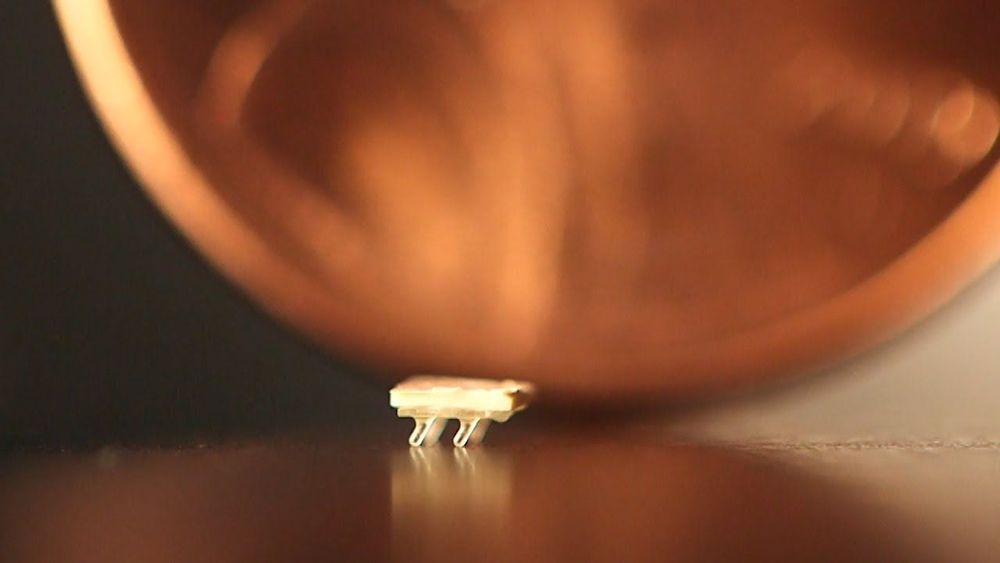
Researchers have created a new type of tiny 3D-printed robot that moves by harnessing vibration from piezoelectric actuators, ultrasound sources or even tiny speakers. Swarms of these “micro-bristle-bots” might work together to sense environmental changes, move materials—or perhaps one day repair injuries inside the human body.
The prototype robots respond to different vibration frequencies depending on their configurations, allowing researchers to control individual bots by adjusting the vibration. Approximately two millimeters long—about the size of the world’s smallest ant—the bots can cover four times their own length in a second despite the physical limitations of their small size.
Continue reading “Tiny vibration-powered robots the size of the world’s smallest ant” »
Jul 17, 2019
The Toybox 3D Printer Deluxe Bundle Lets Kids Print Their Own Toys
Posted by Genevieve Klien in category: 3D printing
Jul 15, 2019
To Prepare for the Dangers of Space, Scientists Are 3D Printing Human Skin Upside Down
Posted by Genevieve Klien in category: 3D printing
Jul 15, 2019
Green light for a new generation of dynamic materials
Posted by Quinn Sena in categories: 3D printing, sustainability
Developing synthetic materials that are as dynamic as those found in nature, with reversibly changing properties and which could be used in manufacturing, recycling and other applications, is a strong focus for scientists.
In a world-first, researchers from Queensland University of Technology (QUT), Ghent University (UGent) and Karlsruhe Institute of Technology (KIT) have pioneered a novel, dynamic, reprogrammable material—by using green LED light and, remarkably, darkness as the switches to change the material’s polymer structure, and using only two inexpensive chemical compounds. One of these compounds, naphthalene, is well known as an ingredient in moth repellents.
The new dynamic material could potentially be used as a 3D printing ink to print temporary, easy-to-remove support scaffolds. This would overcome one of the current limitations of the 3D process to print free-hanging structures.
Jul 13, 2019
Does the world need a 3D-printed rocket?
Posted by Klaus Baldauf in categories: 3D printing, transportation
That’s all a way of saying that behind every successful launch is a tremendous amount of labor and a vast network of suppliers working in concert to assemble each vehicle. By streamlining the supply chain, Relativity hopes to sharply cut production time.
But this goal of printing Terran 1’s more than 100-foot-tall (30-meter) exterior and fuel tank comes with an additional challenge: creating printers that can accomplish the task. “Building a rocket company is hard, building a 3D-printing company is hard, and building both together at the same time is borderline nuts,” says Ellis, Relativity’s CEO. “But while it’s the hardest part of the job, it is also the secret sauce that will make Relativity a world-changing company.”
There’s still a way to go before doing any world changing, though. “We’re not going to fly a rocket unless we get these metal 3D-printing technologies developed,” Ellis admits. “So that provides quite a bit of existential kick in the butt to figure it out, because this is the only way we ’ re going to actually make it to our goal.”

